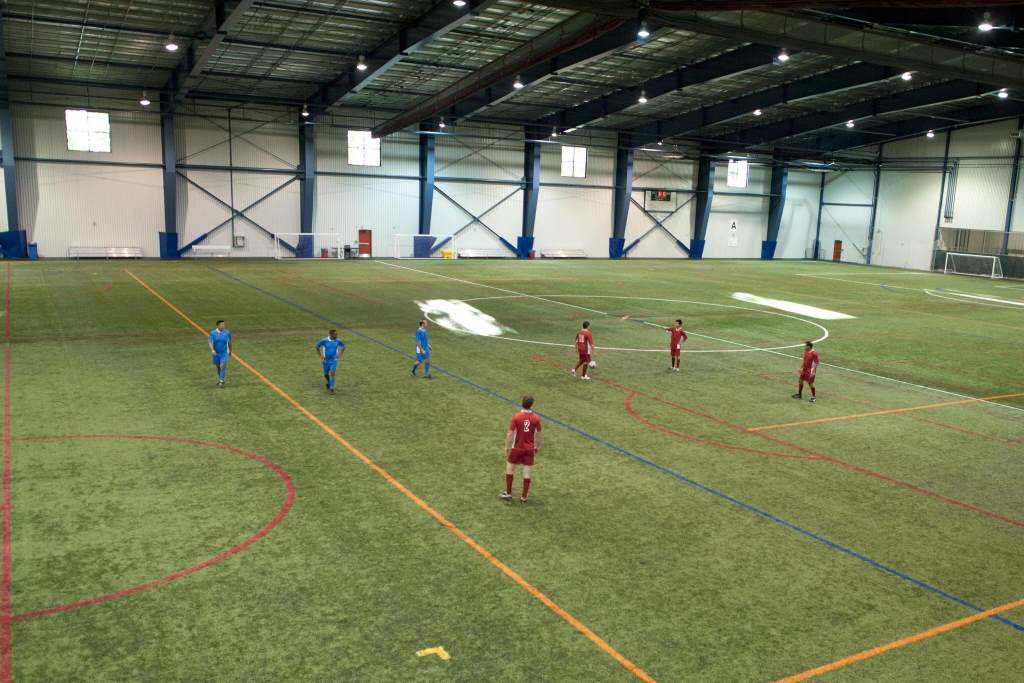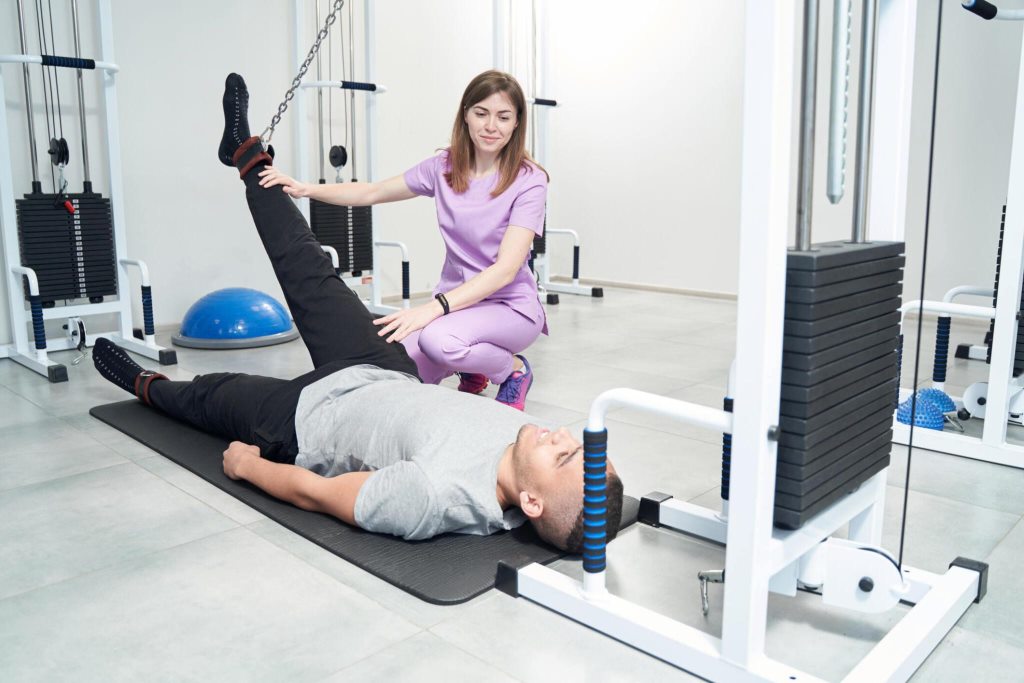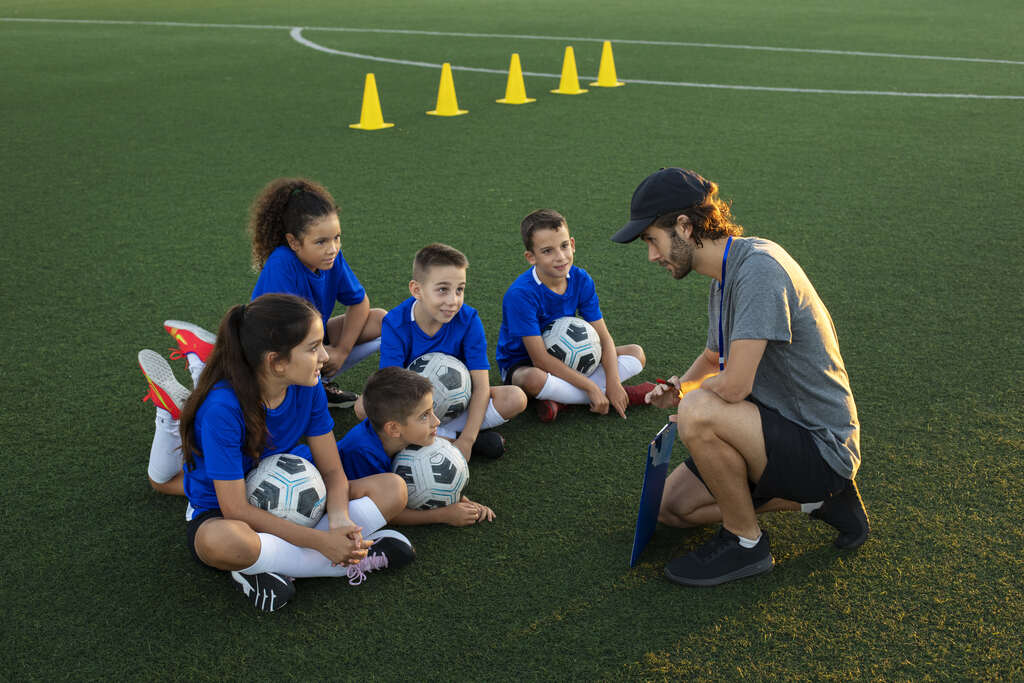In the ever-evolving world of sports training, athletes are constantly seeking innovative methods to gain a competitive edge. One such groundbreaking advancement is the emergence of synthetic ice skating rinks.
Traditionally associated with winter sports and recreation, these syntetic surfaces are now making waves in professional athlete training.
In this blog post, we’ll delve into the transformative impact of synthetic ice rinks on sports training routines, exploring the myriad benefits they offer to athletes seeking optimal performance.
The Evolution of Synthetic Ice Technology
In the realm of sports training, the evolution of synthetic ice technology stands out as a remarkable journey from rudimentary beginnings to cutting-edge engineering.
The development of synthetic ice surfaces has undergone significant advancements, transforming them into sophisticated structures that rival the performance of natural ice. Let’s explore the key milestones that mark the evolution of synthetic ice technology.
Cutting-edge Engineering for Sports Excellence
Synthetic ice technology has come a long way from its humble beginnings. Today, advanced polymers and materials are used to create surfaces that mimic the feel and performance of natural ice.
This breakthrough has allowed athletes in various sports to incorporate ice-related training into their routines, irrespective of geographical constraints.
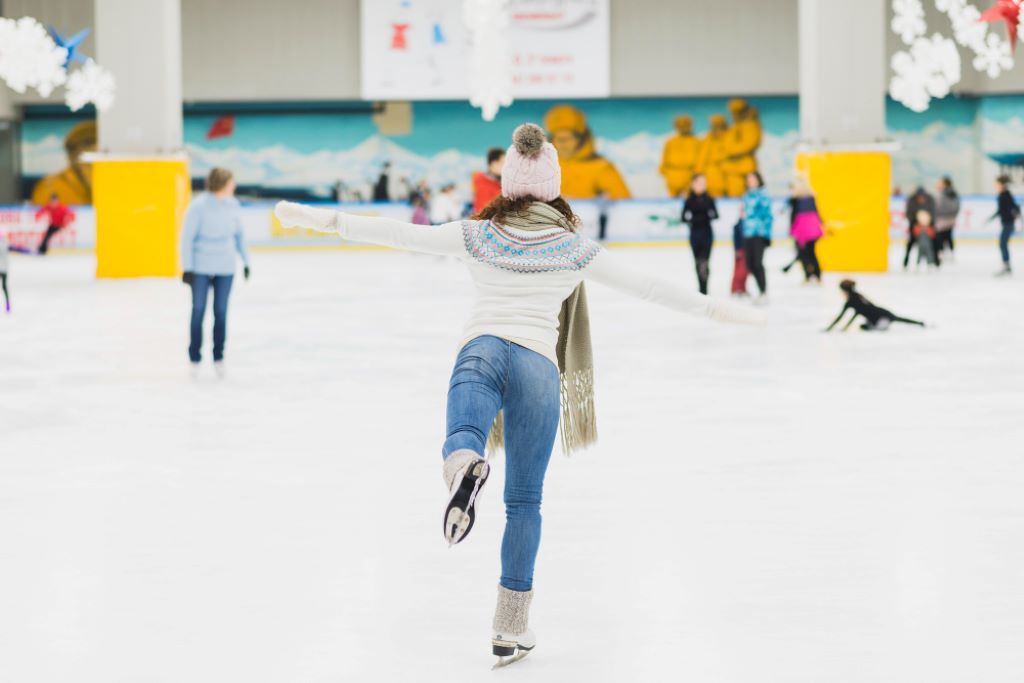
Enhancing Athlete Performance
In the competitive world of sports, where fractions of a second and precision movements can make all the difference, athletes are constantly seeking innovative ways to enhance their performance.
The advent of synthetic ice skating rinks has emerged as a transformative tool for athletes across various disciplines.
Let’s delve into how these synthetic surfaces are revolutionizing sports training, providing a unique set of advantages to elevate athlete performance.
- Precision in Movement: One of the most significant advantages of synthetic ice skating rinks in sports training is the precision they offer. Athletes can perform intricate movements with a level of accuracy that is often challenging on traditional surfaces. This heightened precision translates to improved muscle memory, essential for mastering complex techniques in sports such as figure skating and ice hockey.
- Year-Round Training Opportunities: Natural ice availability is subject to seasonal variations, limiting the training options for athletes in warmer climates. Synthetic ice rinks eliminate this constraint, providing year-round training opportunities. This extended training season is invaluable for athletes aiming to maintain peak performance levels consistently.
The Sports Sustainability Angle
In an era where environmental sustainability is at the forefront of global consciousness. The sports industry is making significant strides towards adopting eco-friendly practices.
Synthetic ice skating rinks have emerged as a shining example of this commitment to sustainability. Offering a greener alternative to traditional ice surfaces.
Let’s explore the sports sustainability angle of synthetic rinks and how they contribute to environmental responsibility.
- Environmental Responsibility: As the world places a greater emphasis on sustainable practices, synthetic ice rinks present a more eco-friendly alternative to traditional rink surfaces. By eliminating the need for energy-intensive refrigeration systems, these rinks align with the growing trend of environmentally conscious sports facilities.
- Accessible Sports Training: Geographical limitations are a thing of the past with synthetic ice rinks. Athletes in regions with milder climates or limited access to natural ice can now engage in ice sports training without relocating. This newfound accessibility is leveling the playing field and broadening the talent pool in ice-centric sports.
Success Stories in Sports Training
As synthetic rink technology continues to revolutionize sports training, success stories of athletes achieving remarkable feats and mastering their craft have become increasingly prevalent.
From figure skaters refining their routines to hockey players enhancing their stickhandling skills, synthetic ice has become an integral part of their success stories.
Let’s delve into some noteworthy examples that highlight the transformative impact of synthetic rinks on sports training.
- Professional Athletes Embrace Synthetic Ice: Top-tier athletes across various sports have incorporated synthetic ice into their training regimens, showcasing the widespread acceptance of this technology. From renowned figure skaters refining their routines to elite hockey players honing their stickhandling skills, the success stories are mounting.
- Training Facilities of the Future: State-of-the-art training facilities are recognizing the value of this for athlete development. These facilities boast dedicated areas equipped with synthetic ice rinks, providing athletes with unparalleled training environments to push their limits and refine their skills.
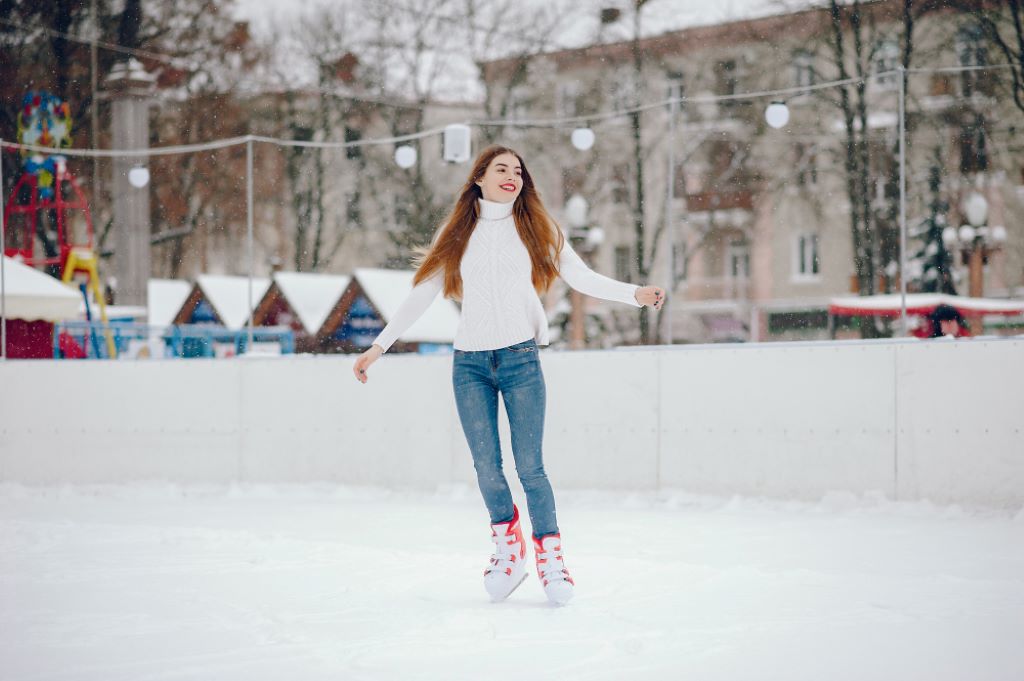
Challenges and Innovations in Sports Technology
As synthetic ice technology continues to gain prominence in sports training, it faces both challenges and opportunities for innovation. This dynamic landscape presents a fascinating interplay between overcoming obstacles and pushing the boundaries of what is possible. Let’s explore the challenges and ongoing innovations in the realm of synthetic rink sports technology.
- Overcoming Obstacles: While this has revolutionized sports training, it’s not without its challenges. The industry continues to innovate, addressing issues such as surface friction and wear resistance. Ongoing advancements are crucial to ensuring that athletes experience optimal conditions for training and skill development.
- Role of Technology: Technological innovations play a pivotal role in the ongoing improvement of synthetic ice surfaces. From smart sensors to augmented reality integration, these technologies aim to provide athletes with real-time feedback.
The Future of Sports Training on Synthetic Ice
As technology continues to redefine sports training, the future promises a landscape of innovation and transformative advancements. From enhanced realism to the integration of cutting-edge technologies in sports training is poised for exciting developments. Let’s explore the trends and potential future developments that will shape the way athletes train.
Emerging Trends and Potential Developments
As synthetic ice technology evolves, so do the possibilities for sports training. Emerging trends include the integration of AI-assisted coaching, and personalized training programs based on performance data. The future holds exciting prospects for athletes looking to push the boundaries of their training experiences.
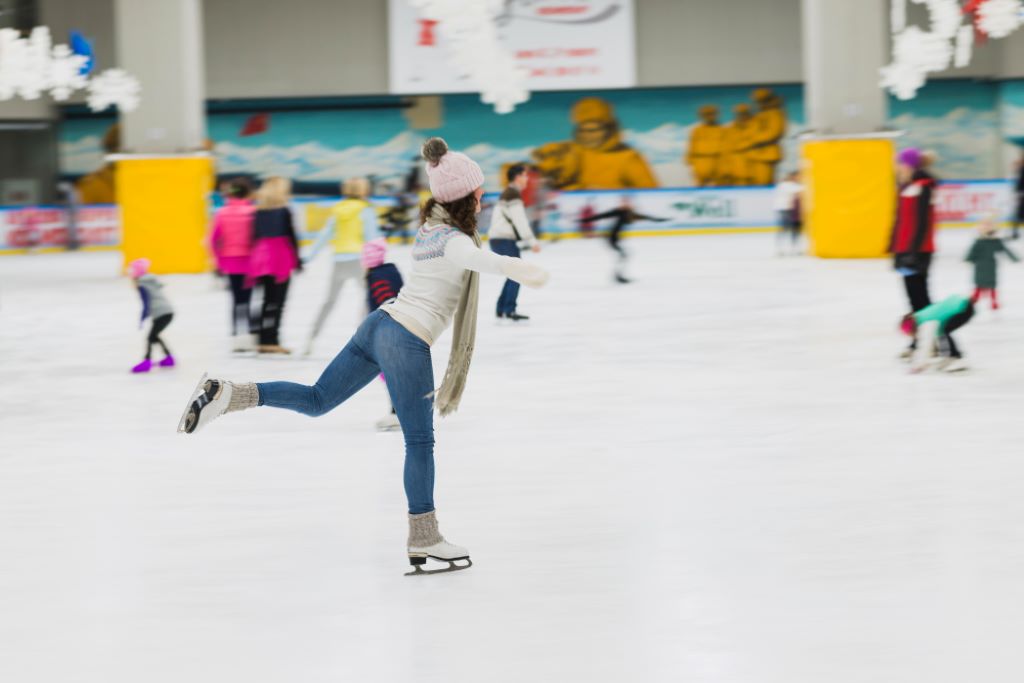
Conclusion
In conclusion, synthetic ice skating rinks are reshaping the landscape of sports training. Athletes worldwide are embracing these innovative surfaces for their precision, accessibility, and sustainability. As technology continues to propel the evolution of this, we can expect even greater advancements in the realm of sports training. Whether you’re a professional athlete or an aspiring enthusiast, the benefits of synthetic ice are clear—revolutionizing sports training and paving the way for a new era of excellence.

